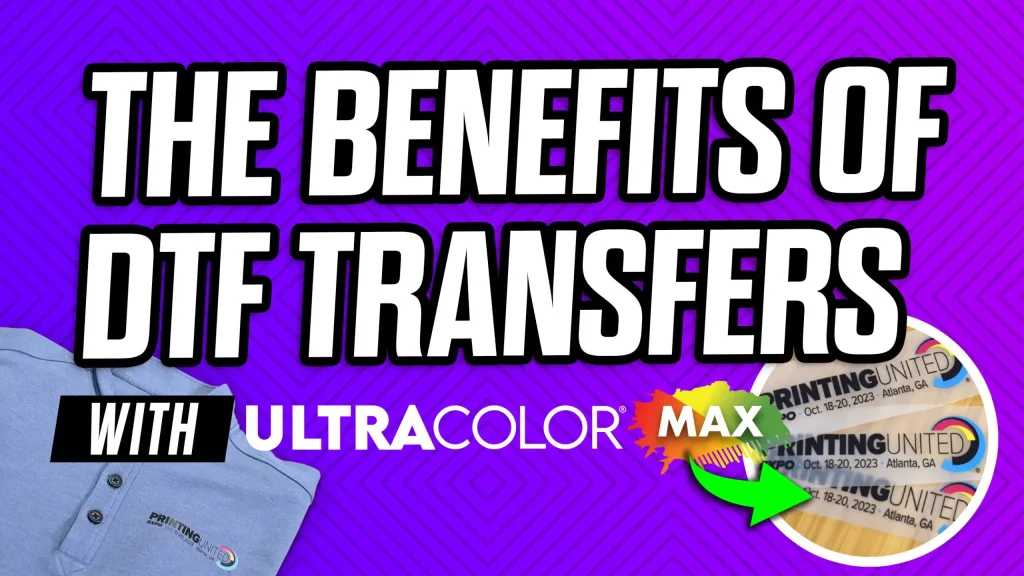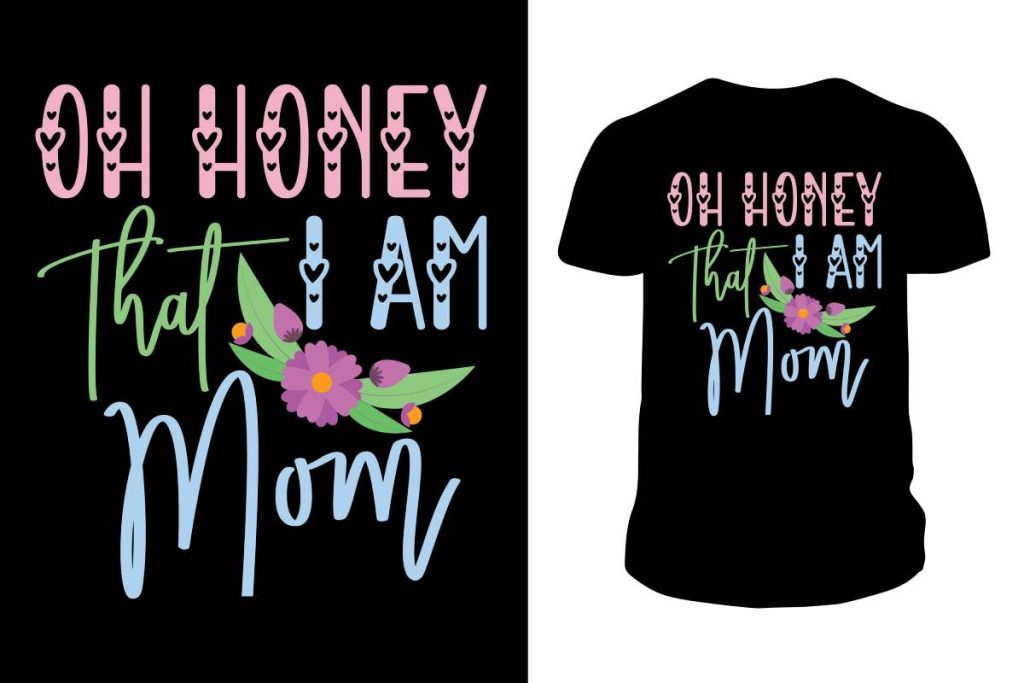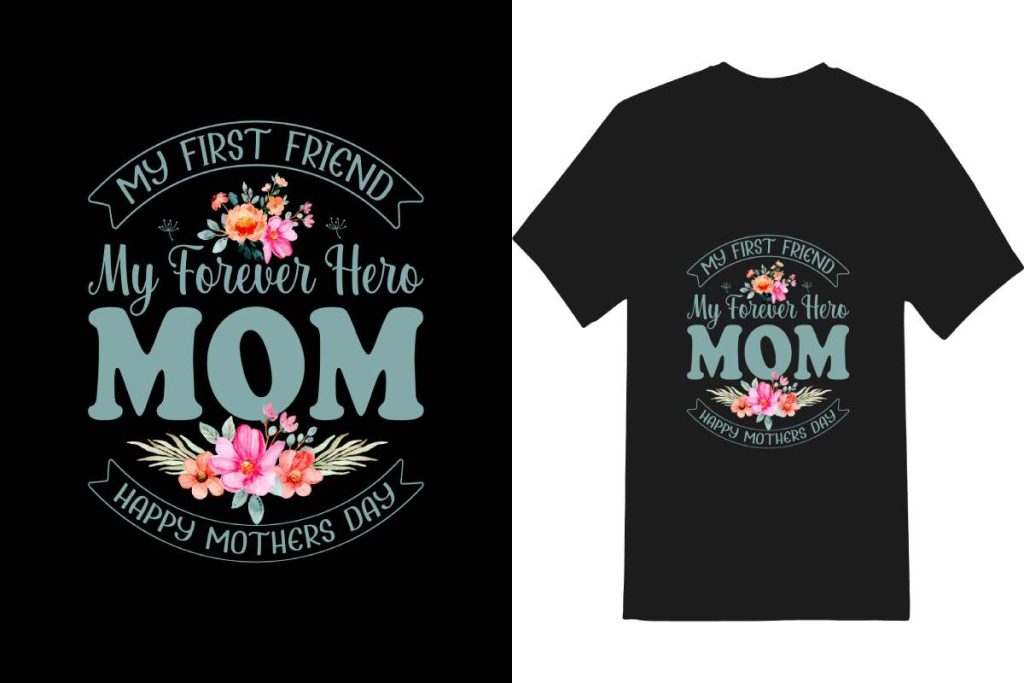Exploring the benefits of DTF transfers is an essential endeavor for anyone in the custom apparel industry. Direct-to-Film (DTF) transfers present a groundbreaking approach in DTF printing that enhances design flexibility, quality, and speed of production. This innovative technique rapidly becomes a favored choice among businesses aiming to elevate their offerings in sustainable fashion. By utilizing advanced printing techniques, DTF transfers allow for high-quality prints on various materials, ensuring that no design detail is lost. As the demand for custom apparel continues to rise, understanding DTF technology’s advantages becomes vital for staying competitive in today’s market.
DTF transfers, also known as Direct-to-Film transfers, revolutionize the way we think about fabric printing and apparel customization. This cutting-edge method streamlines the printing process, allowing for vivid and durable designs that cater to a wide range of materials, making it an attractive option for brands focused on personalized fashion. With the rise of eco-conscious consumers, DTF technology aligns seamlessly with the principles of sustainable style by utilizing recyclable materials and water-based inks. The versatility and efficiency of this printing technique not only meet the growing demands of customization but also offer significant cost savings, making it an invaluable asset for businesses in the creative apparel landscape.
Understanding DTF Technology: An Overview
Direct-to-Film (DTF) technology is transforming the landscape of custom apparel printing. It allows designers and businesses to produce stunning visuals on a variety of materials, thereby expanding design possibilities. DTF transfers consist of vibrant inks printed on a special film that, when heat-pressed onto textiles, creates a permanent bond. This innovative process differs from traditional methods, such as screen printing, by streamlining production and allowing for greater flexibility in material choices.
With DTF technology, custom apparel businesses can cater to different fabric types, including cotton, polyester, and blended fabrics, which traditional printing methods often struggle with. This high degree of adaptability makes DTF an essential tool for garment makers who want to stay ahead in a fast-paced market, providing them with the ability to quickly respond to emerging trends and customer preferences.
Benefits of DTF Transfers: Elevating Custom Apparel
The benefits of DTF transfers extend beyond simple functionality to significantly impact business operations and customer satisfaction. First and foremost, the quality of prints produced using DTF technology is exceptional, offering high-resolution designs with rich color depth. This superior print quality enhances the aesthetic appeal of custom apparel, encouraging customers to choose more products and increasing overall sales.
Moreover, DTF transfers are designed for durability. They resist fading and cracking even after multiple washes, which is crucial for maintaining the garment’s appearance and longevity. This reliable performance not only boosts customer satisfaction but also reduces return rates, making it a smart investment for businesses aiming to build a loyal customer base.
The Versatility of DTF Transfers in Material Selection
DTF transfers stand out in the realm of printing techniques due to their versatility. Unlike traditional methods, which often limit print applications to specific fabric types, DTF allows businesses to print on a wide array of materials. This includes popular choices such as cotton, polyester, and various blends—enabling custom shops to broaden their offerings and cater to diverse consumer preferences.
This flexibility also means that businesses can efficiently switch between fabric types depending on current market trends and customer needs, optimizing inventory management. Whether producing fashion-forward apparel, sportswear, or promotional items, DTF technology can meet the demands of any custom apparel business.
Production Efficiency: Streamlining Custom Apparel Manufacturing
The production efficiency provided by DTF transfers is one of the most significant advantages it offers to custom apparel businesses. Compared to traditional screen printing or other methods, DTF technology streamlines the setup process, significantly reducing turnaround times for orders. With quicker production cycles, businesses can meet tight deadlines and fulfill customer orders promptly, contributing to enhanced overall satisfaction.
This efficiency also translates into lowered labor costs, as the process typically requires less manual intervention. As businesses focus on maximizing output without compromising quality, DTF transfers provide a modern solution for achieving higher productivity levels in custom apparel manufacturing.
Sustainable Fashion: DTF Technology and Eco-Friendly Practices
With an increasing focus on sustainability in the fashion industry, DTF technology provides an environmentally friendly alternative to traditional printing methods. Many DTF providers utilize water-based inks and recyclable materials, aligning with the eco-conscious values of today’s consumers. This adherence to sustainable practices enhances a brand’s reputation and attracts a growing segment of environmentally aware customers.
Adopting DTF transfers can position a business as a leader in the sustainable fashion movement. By reducing waste and offering eco-friendly products, businesses not only contribute positively to the environment but also tap into the lucrative market of green consumers who prioritize sustainability in their purchasing decisions.
The Future of Custom Apparel: Embracing DTF Technology
As consumer demand for personalized and unique apparel continues to rise, the integration of DTF technology is expected to grow. Businesses that invest in DTF printing capabilities can quickly adapt to the ever-changing landscape of fashion trends and customer preferences, providing tailor-made solutions that resonate with their target audience. This adaptability is essential for staying competitive in the thriving custom apparel market.
Emerging trends indicate a promising future for DTF technology, with major manufacturers like Epson and Roland leading the charge in enhancing DTF printing capabilities. As technological advancements continue to emerge, businesses that embrace DTF will not only keep pace with the competition but also thrive in a marketplace that increasingly values uniqueness and sustainability.
Frequently Asked Questions
What are the main benefits of DTF transfers for custom apparel?
The main benefits of DTF transfers for custom apparel include versatility in materials, high-quality prints with vibrant colors, and a simplified production process. This innovative DTF technology allows businesses to print on various fabric types, produce intricate designs, and reduce labor costs while ensuring faster turnaround times.
How does DTF technology improve the quality of custom apparel prints?
DTF technology enhances the quality of custom apparel prints by producing vibrant colors and intricate details, thanks to its ability to print full-color images with smooth gradients. The advanced inks used in DTF transfers maintain their visual appeal and durability over time, contributing to customer satisfaction.
Why are DTF transfers considered a cost-effective option for small runs in custom apparel?
DTF transfers are considered a cost-effective option for small runs because they eliminate the need for expensive screens and setup costs associated with traditional printing methods. This makes them ideal for on-demand printing, allowing businesses to save money while still offering high-quality custom apparel.
What role do DTF transfers play in promoting sustainable fashion?
DTF transfers promote sustainable fashion by utilizing water-based inks and recyclable materials. This aligns with the growing demand for environmentally responsible products, enabling businesses to appeal to eco-conscious consumers while reducing waste in their production processes.
How does the DTF printing process simplify production for custom apparel businesses?
The DTF printing process simplifies production for custom apparel businesses by enabling quicker setup and requiring less manual intervention, especially for large print runs. This efficiency translates to reduced labor costs and faster delivery times, helping businesses meet customer demands more effectively.
What advantages do DTF transfers offer in comparison to traditional printing techniques for custom apparel?
DTF transfers offer several advantages over traditional printing techniques, including greater versatility in materials, superior print quality, lower costs for small runs, and enhanced durability of prints. These benefits make DTF technology a preferred choice in the evolving custom apparel market.
| Benefit | Description |
|---|---|
| Versatility in Materials | DTF transfers can be applied to a variety of materials such as cotton, polyester, and fabric blends. |
| High-Quality Prints | Produces vibrant and intricate details with excellent color representation that enhances garment appeal. |
| Easier Production Process | Simplifies production compared to traditional methods, resulting in faster turnaround times and lower labor costs. |
| Cost-Effective for Small Runs | Ideal for on-demand printing and small orders, reducing costs associated with setup and materials. |
| Durability | DTF prints resist fading and cracking, ensuring longevity and customer satisfaction. |
| Environmental Considerations | Many DTF printers use eco-friendly, water-based inks and materials, appealing to sustainability-conscious consumers. |
Summary
The benefits of DTF transfers provide a transformative opportunity for custom apparel businesses looking to stand out in a competitive market. With the ability to work with various materials, create high-quality prints, and streamline production processes, DTF technology is a game changer. Additionally, its cost-effectiveness for small orders and impressive durability ensures customer satisfaction, while its alignment with eco-friendly practices speaks to the growing demand for sustainable options. As the market for customized apparel continues to expand, leveraging the advantages of DTF transfers can significantly enhance a brand’s market presence and appeal to today’s conscious consumers.



